Namibia is a country in southwest Africa. It’s distinguished by the Namib Desert along its Atlantic Ocean coast. The country is home to diverse wildlife, including a significant cheetah population. The capital, Windhoek, and coastal town, Swakopmund, contain German colonial-era building such as the Windhoek’s Christuskirche. Take a look below for 30 more interesting and fascinating facts about Namibia.
1. Namibia is the second least densely populated country on Earth. After Mongolia, which is also a big country, there are just over 2 million people living in a country that is half the size of Alaska.
2. Namibia’s national anthem, “Namibia, Land of the Brave,” was composed by Axali Doeseb. The words of the first verse echo the country’s long struggle for independence.
3. Namibia, which is known as the “Germ of Africa,” is a unique and popular place for eco-tourists.
4. Etosha National Park is one of the Africa’s finest parks, both in size and diversity of wildlife. It’s home to Africa’s tallest elephants, the endangered black rhino, and 91 other species of mammals.
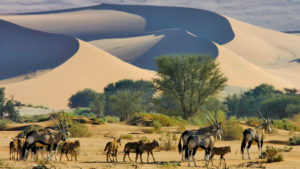
5. The Namib-Naukluft Park is the biggest conservation area in Namibia and one of the biggest in the world.
6. The Namib Desert, at 80 million years, is the world’s oldest desert. Namib means, “open space.”
7. The Namib and Damaraland offer remarkably clear skies for astronomers and people who are interesting in the stars.
8. Stunning Fish River Canyon is the second biggest canyon in the world, right after the Grand Canyon. The canyon is 161 kilometers long, up to 27 kilometers wide, 550 meters deep, and was formed 500 million years ago.
9. Sossusvlei are said to be the highest sand dunes in the world.
10. Shipwrecks dot the wild Skeleton Coast coastline and elephants wander through the sand dunes that plunge directly into the freezing Atlantic Ocean.
11. Dragon’s Breath is the biggest underground lake in the world.
12. The San Bushmen of the Kalahari Desert are considered to be Namibia’s first people. They traditionally followed the migratory patterns of the animals and still have no real homeland. They speak a type of clicking language.
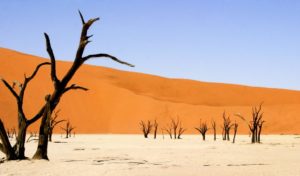
13. The Namib Rand Nature Reserve is one of the biggest privately owned game reserves in Africa.
14. Namibia has the biggest free roaming cheetah population in the world. There are an estimated 2,500 to 3,000 cheetahs in Namibia.
15. Namibia is where Angelina Jolie and Brad Pitt chose to give birth to their daughter Shiloh on May 27, 2006 at a small hospital near Swakopmund. They also donated $2 million to the Namibia Wildlife Sanctuary.
16. More than 40% of Namibia is under conservation management. It’s also the first African country to incorporate environmental protection into its constitution.
17. Namibia elected its first female leader in 2015. Saara Kuugongelwa is the country’s fourth Prime Minster and one of only two female leaders on the continent; the other being Ellen Johnson Sirleaf, who is the President of Liberia.
18. Namibia’s dramatic landscapes, which can range from desolate desert to shimmering salt pans, have been used as the backdrop for many big budget blockbusters including 2001: A Space Odyssey, Mad Max: Fury road, and Flight of the Phoenix.
19. The country became Namibia in 1990 when it was granted independence from South Africa, which had taken over the territory during World War I.
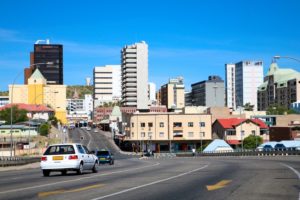
20. Prior to it becoming its own country, the Germans had occupied the territory where they committed what is considered the first genocide of the 20th century, killing tens of thousands of Herero and Nama tribes people during their brutal occupation.
21. In what is considered a mass act of subversion, some Herero men and women continue to dress like the German colonialists who tried to eradicate them.
22. The town of Kolmanskop was abandoned in the 1930s when the diamond rush took prospectors elsewhere. The Namib Desert has slowly started to reclaim the outpost, which is now a popular tourist attraction.
23. The highways of Windhoek pay homage to both communist dictators and controversial African presidents with the likes of Fidel Castro Street and Robert Mugabe Avenue.
24. Pedestrians in Namibia were warned not to drink and walk after it was found that police will breathalyze anyone involved in a collision with a vehicle.
25. Agriculture, herding, tourism and the mining industry, which include mining for diamonds, uranium, gold, silver and base metals, form the basis of Namibia’s economy.
26. Being situated between the Namib and Kalahari Deserts, Namibia is the country with the least rainfall in sub-Saharan Africa.
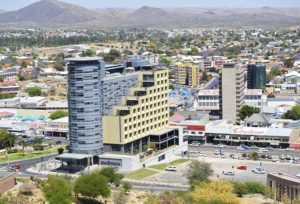
27. The Caprivi strip is different than the rest of Namibia as it’s green and populated. The strip is a narrow sliver of land in northern Namibia and is filled with wildlife.
28. Brandberg Mountain is Namibia’s highest mountain at 2,606 meters. It lies in the northwest Namib Desert. “Brandberg” means “fire mountains,” which is a testament to the fiery red color of the mountain at sunset.
29. Hoba Meteorite, which was discovered in the 1920s, is the biggest known meteorite in the world. It’s situated 20 kilometers from Grootfontein. The meteorite is about 80,000 years old and weighs more than 50 tons.
30. There is a large amount of artillery and ammunition that was dumped by retreating German forces in 1915 on the bottom of the Otjikoto Lake, which is located 20 kilometers northwest of Tsumeb.

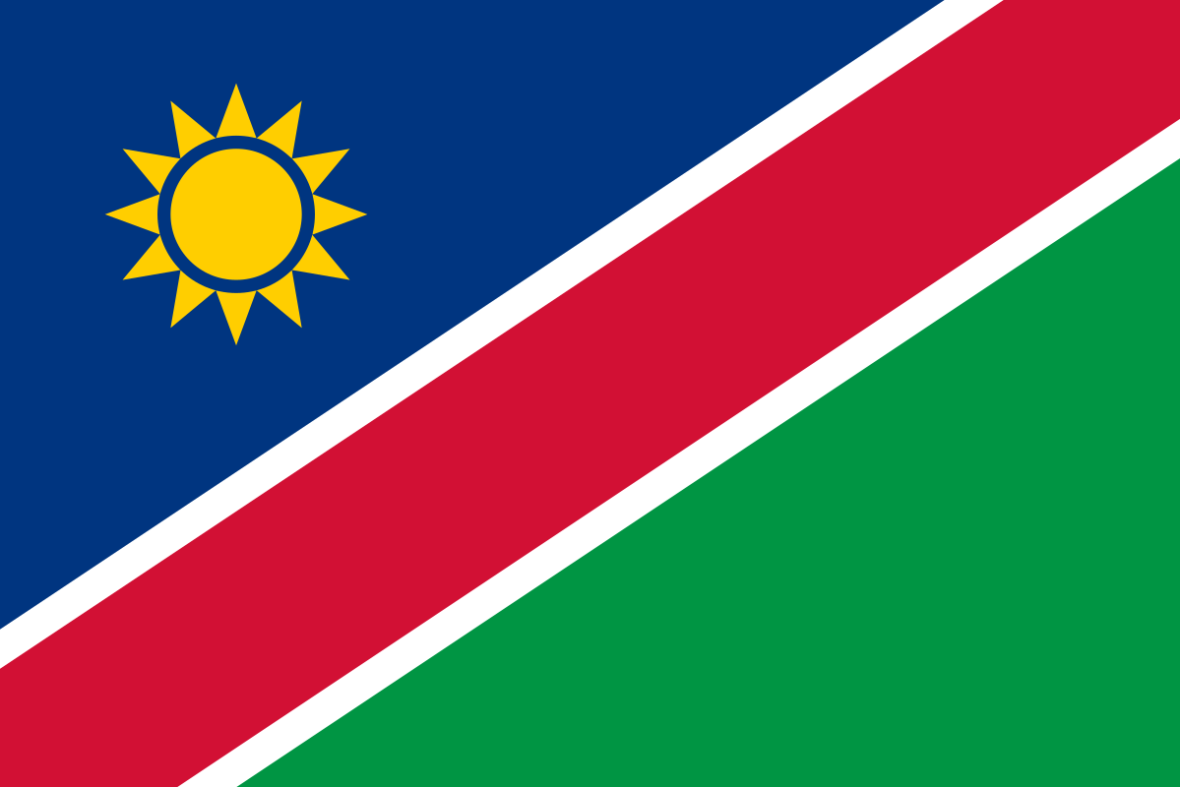
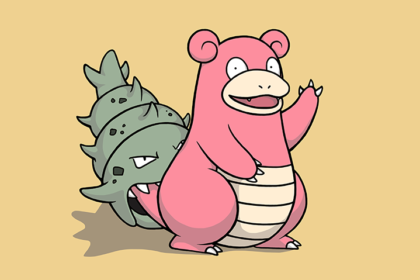
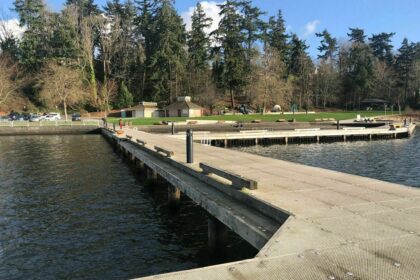
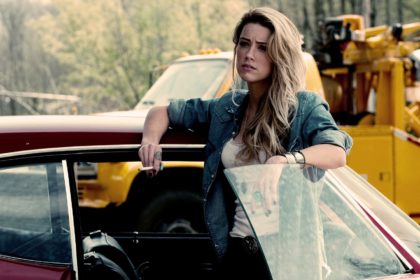
One Comment
Pingback:
February 3, 2018 at 6:41 pm